
How to Plan Your Trip to Washita Battlefield National Historic Site
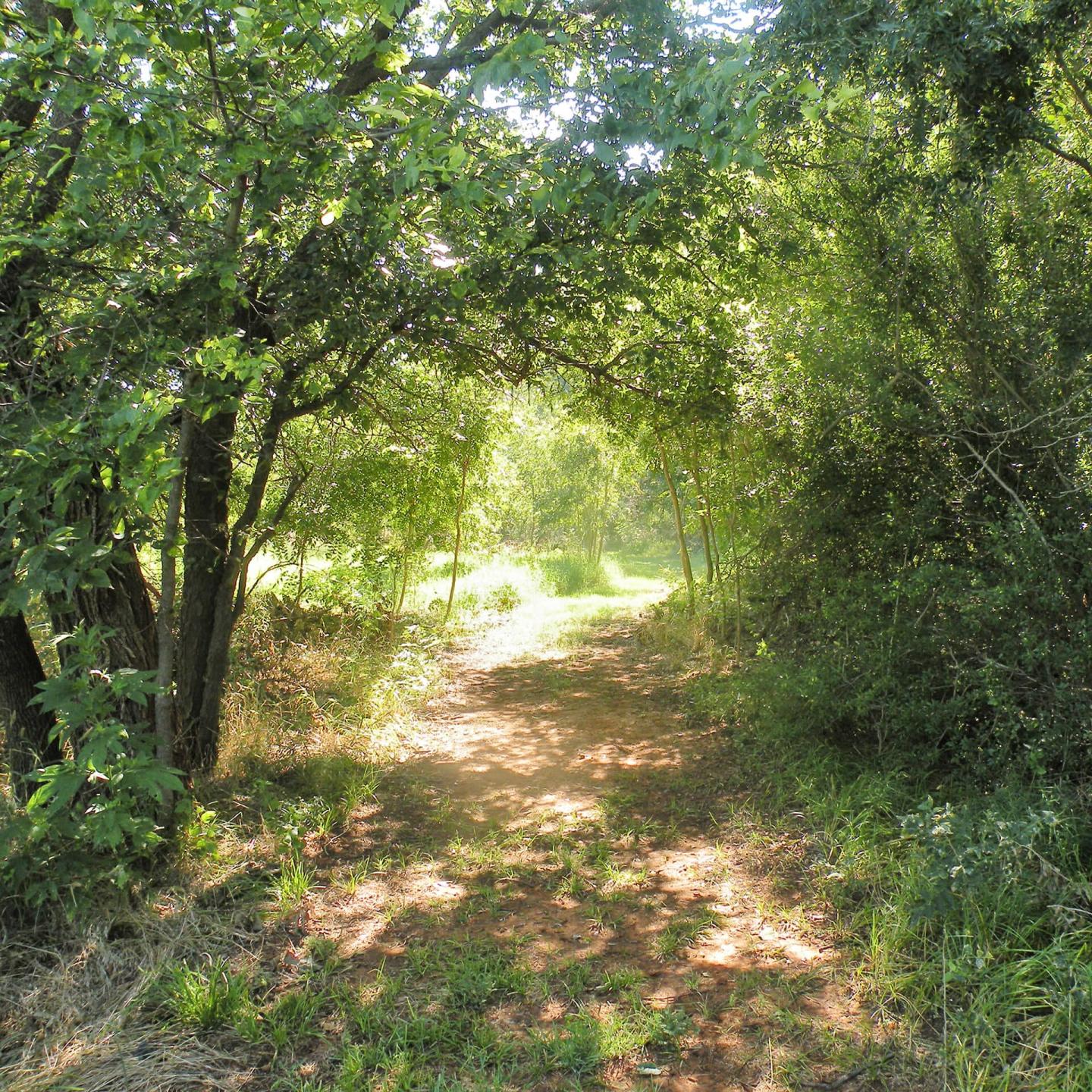
Looking to deepen your understanding of Indigenous heritage on the Southern Plains and reflect on the history of the American West? Washita Battlefield National Historic Site preserves the location of a Cheyenne winter village that was destroyed in a surprise attack by US troops in 1868, a turning point in the Plains Wars. Located on the plains of Western Oklahoma, the site stands as a reminder of the complex and often painful conflicts between Native peoples and the US government during Westward Expansion.
Read on to learn more about Washita Battlefield National Historic Site and how to plan your trip to this important park.
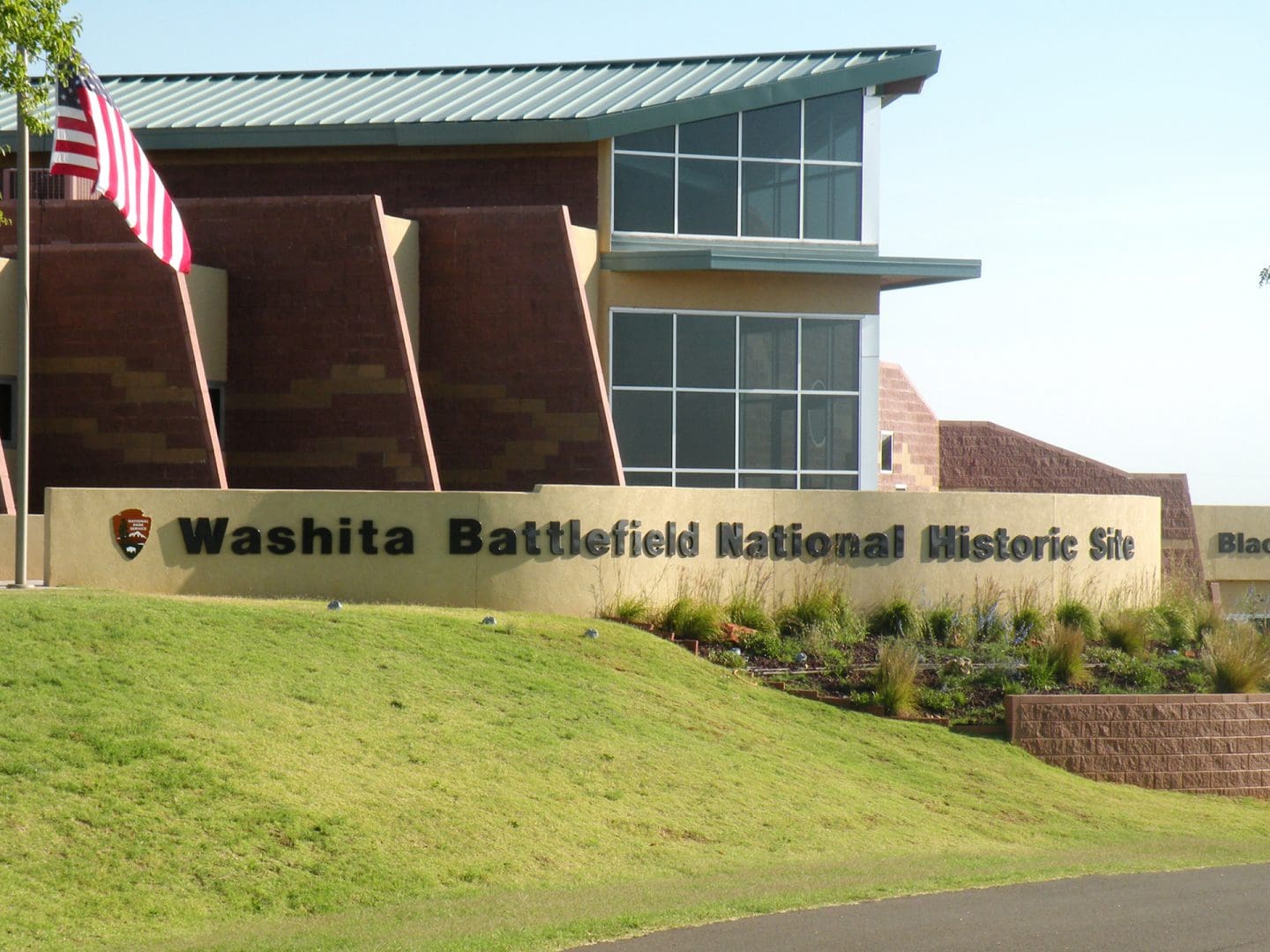
Washita Battlefield National Historic Site
At Washita Battlefield National Historic Site, visitors can learn about and reflect on an important and somber historical event in a place of immense natural beauty. The land has cultural and historical ties to many Plains tribes who took refuge in this winter haven but is especially significant for the Cheyenne and Arapaho people. Here the memory of life in the Cheyenne winter village of Chief Black Kettle from the 1800s lives on even after Lt. Col. George Armstrong Custer mounted a surprise attack on this camp in the winter of 1868. The massacre was a devastating blow to the Cheyenne people, their way of life, and their sovereignty. Today, the Cheyenne and Arapaho continue to commemorate this painful history and honor those who died.
Park visitors can explore the historical and natural landscape where the battle took place and learn about the broader history of Native American resistance and Westward expansion in the United States. Located in the Plains of Western Oklahoma, the serene rolling plains, which once witnessed this conflict, now stand as a testament to Indigenous resilience and a reminder of this tragic chapter in American history and its continued impacts.
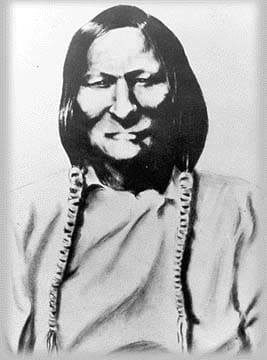
Prelude to the Attack
The attack on Washita can be traced back to the Sand Creek Massacre on November 29, 1864, when over 150 Cheyenne and Arapaho men, women, and children from Chief Black Kettle’s band were massacred by Colorado infantry and cavalry. This was despite Chief Black Kettle’s efforts to pursue peace with the US and his belief that his village was under Army protection.
After Sand Creek, the Treaty of Little Arkansas (1865) and the Treaty of Medicine Lodge (1867) attempted to quell increasing resistance, promising the Cheyenne and other tribes permanent homes, supplies, and protection in exchange for settling on reservations. However, the treaties failed to bring lasting peace, as many tribal leaders refused to sign, or lacked the authority to enforce the agreements, and the government often failed to deliver promised annuities.
Many Plains tribes continued to successfully resist being forced onto reservations. Gen. Philip Sheridan, frustrated that Plains warriors successfully resisted traditional campaigning methods, decided to strike in a winter campaign when Indigenous horses were weak and the tribes were the least mobile. Under his directive on November 23, 1868, Lt. Col. George Armstrong Custer marched toward the Washita River Valley with 689 troopers from the 7th US Cavalry and a dozen Osage scouts. There, thousands of Cheyenne, Arapaho, Kiowa, Comanche, and Plains Apache had established winter camps. After traveling through heavy snow, Custer’s forces arrived near Black Kettle’s village on the night of November 27, the camp furthest away from the other groups. Under the cover of darkness, Custer’s troops surrounded the village and waited for dawn.
In a tragic coincidence, the village Custer’s scouts discovered belonged to Black Kettle, who had survived the Sand Creek Massacre. Chief Black Kettle and his people, once again believing themselves to be under US protection, were unaware of the imminent attack.
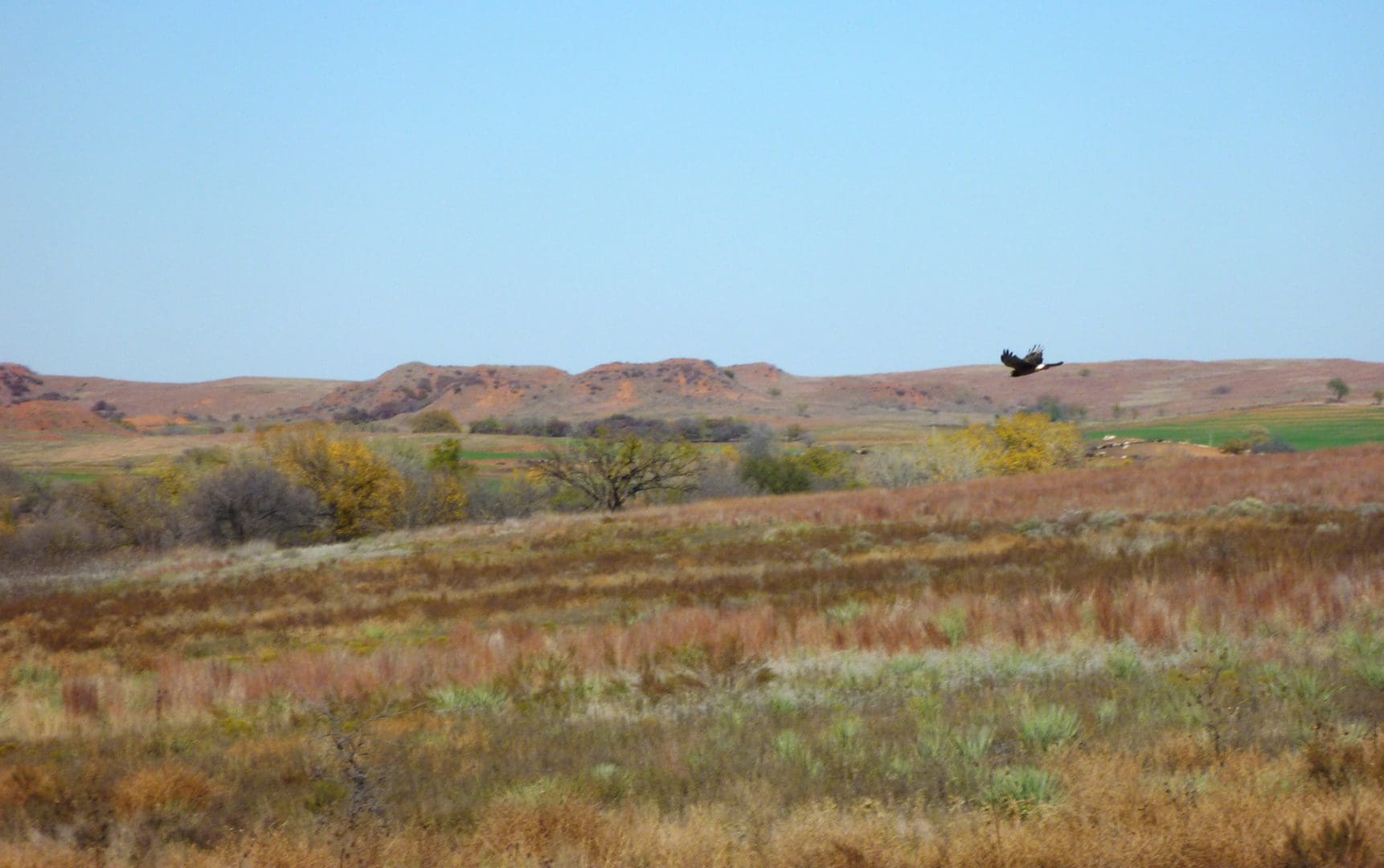
The Battle and Its Aftermath
Just before dawn on November 27, 1868, Lt. Col. George Armstrong Custer and the 7th US Cavalry launched a surprise attack on the peaceful village and destroyed the winter camp. This horrific attack annihilated Chief Black Kettle’s band of Cheyenne, including Black Kettle himself and his wife, Medicine Woman Later. At least 30 to 60 Cheyenne men, women, and children, were slaughtered that day and 53 were taken captive, causing many to label this attack as another massacre. After the battle, the cavalry took 225 ponies and slaughtered the 875 remaining ponies. They also burned lodges full of crucial winter supplies to ensure that survivors struggled to endure the difficult winter.
The attack was a profound tragedy for the Cheyenne people with a great loss in both life and resources. The killing of Chief Black Kettle, who had been an advocate for peace with the US, was another huge blow to the Plains tribes’ efforts to resist US control and maintain stability. The attack marked a turning point in the Plains Wars, as Plains tribes felt robbed of the sense of safety winter months usually provided. It also demonstrated the brutal measures the US government would take to force Native tribes onto reservations.
While the land may appear peaceful now, it remains a solemn reminder of the violence and suffering experienced by the Cheyenne people at Washita, and the long-lasting effects of these conflicts on Native American communities. The site still looks much like it did in 1868, inviting visitors to reflect on a past when the grasslands, woods, and river banks served as a winter haven for multiple Indigenous tribes.
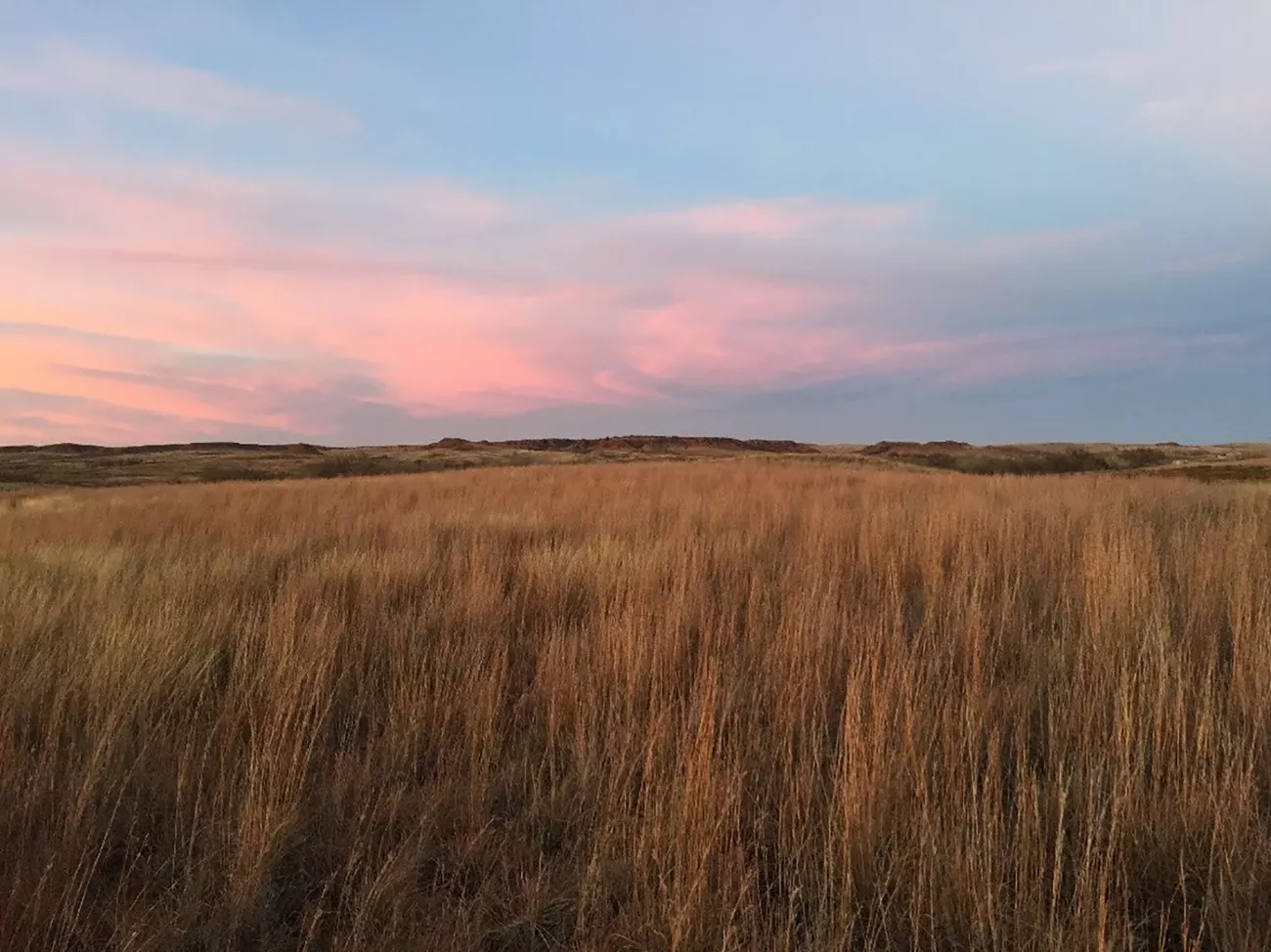
When to Visit Washita Battlefield National Historic Site
Washita Battlefield National Historic Site can be visited any time of year but is perhaps best to visit during spring and summer when the tallgrass prairie comes alive with wildflowers. Be aware that some summer days can be very hot. A spring or fall visit offers the most temperate weather, with cooler days perfect for walking the trails and taking in the somber beauty of the landscape, offering a tranquil setting for reflection. In autumn the rich hues of the leaves add a quiet serenity to your visit. The trails are not maintained during winter and can thus be covered in snow or ice, but the winter season can better enable you to envision the site how it might have been on the day of the battle in 1868. Regardless of when you visit, each season lends its own atmosphere to this place of remembrance and reflection.
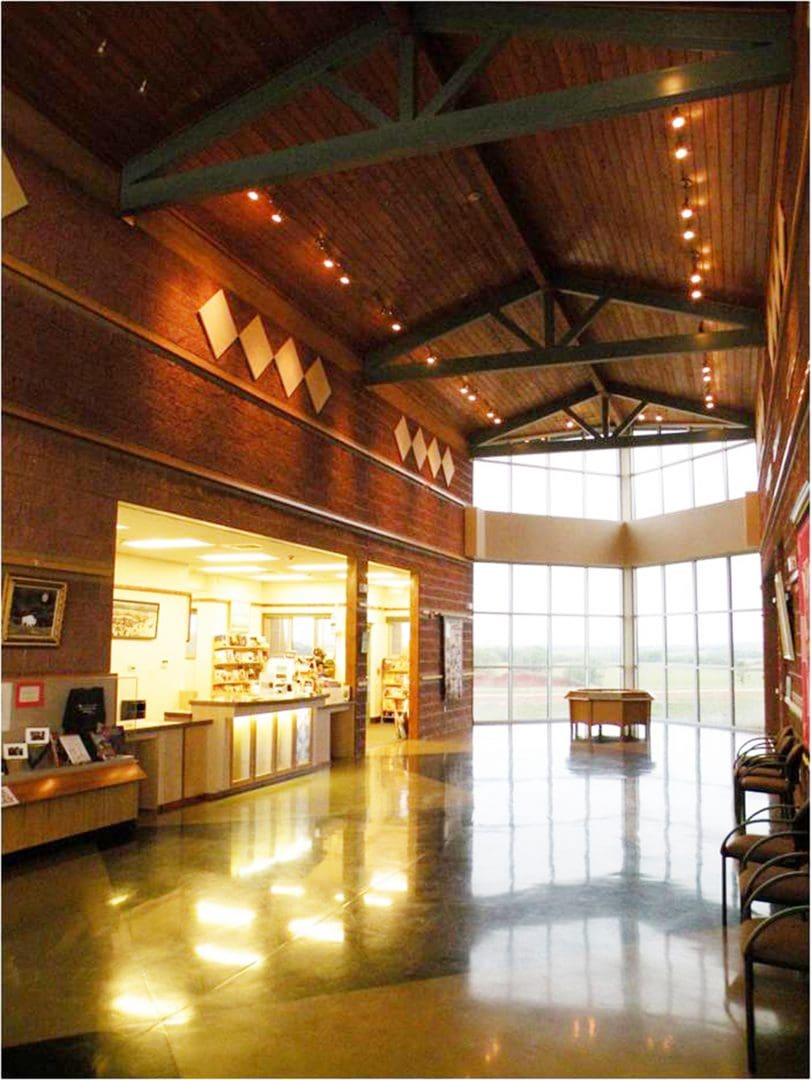
What to Do in a Day at Washita Battlefield
There’s much to experience at Washita Battlefield National Historic Site. Be sure to check out these top activities during your visit.
- Walk the Washita Battlefield Park Trail
- This self-guided, 1.5 mile round-trip trail overlooks the site of Lt. Col. Custer’s attack on Chief Black Kettle’s village.
- Brochures at the trail entrance explain the trail’s 15 numbered stops.
- Half of the trail is paved and ADA accessible down to the site of the village, but it is not maintained during winter, when snow and ice may present.
- Open daily 30 minutes before sunrise to 30 minutes after sunset.
- Learn more about the history at the Washita Battlefield National Historic Site Visitor Center
- Watch Destiny at Dawn, a 27-minute park film that focuses on the battle and the events that led to it.
- Learn the history at the visitor center museum’s exhibits.
- Open daily from 8 AM to 4:30 PM.
- Explore the Dust and Fire Trail
- This is a .5-mile accessible paved trail around the visitor center that examines life on the plains after the land run.
- The trail includes a dugout house, a Native Garden, and a working windmill.
- The open hours are the same as the visitor center, from 8 AM to 4:30 PM.
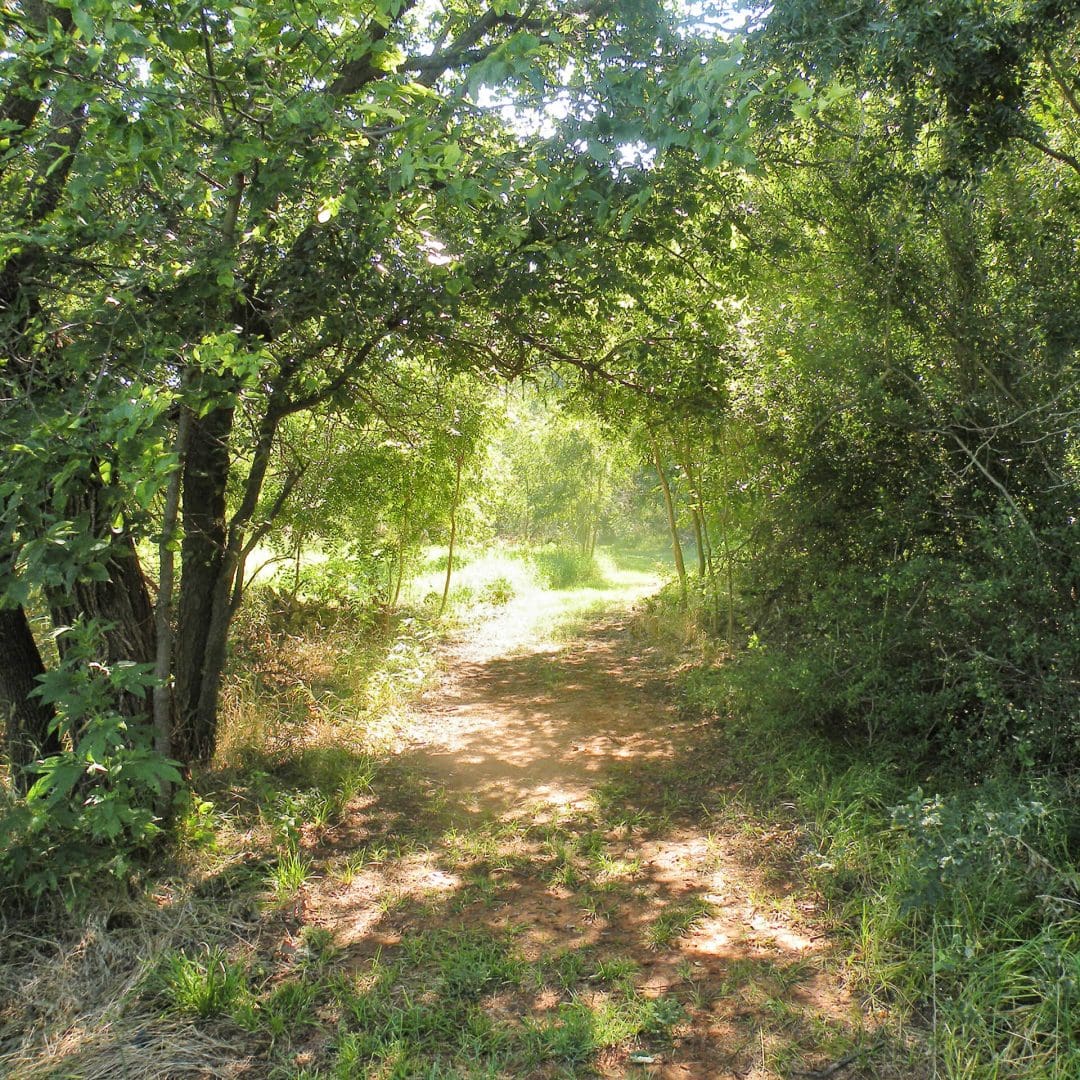
Experience the Plains: Western Oklahoma
Washita Battlefield is well worth the trek off the beaten path, but there are many other national parks in the region that you can add to your trip for extra enrichment and enjoyment, including Chickasaw National Recreation Area, Alibates Flint Quarries National Monument, and Lake Meredith National Recreation Area. For outdoor enthusiasts, the nearby Black Kettle National Grassland offers opportunities for hiking, birdwatching, and picnicking in a scenic prairie landscape. The Wichita Mountains Wildlife Refuge, a remnant of mixed grass prairie, is home to hundreds of plant and animal species. Here in this biodiverse wildlife refuge, visitors can view large grazing animals such as herds of American bison and Rocky Mountain elk.
To learn about the area’s pioneer history, you can visit the Roger Mills County Historical Museum. If taking a road trip here, combine your trip to Cheyenne with a drive to Oklahoma City or Amarillo, Texas, to experience parts of old Route 66. Cheyenne’s small-town atmosphere and proximity to natural and historic sites make it a peaceful and educational destination.
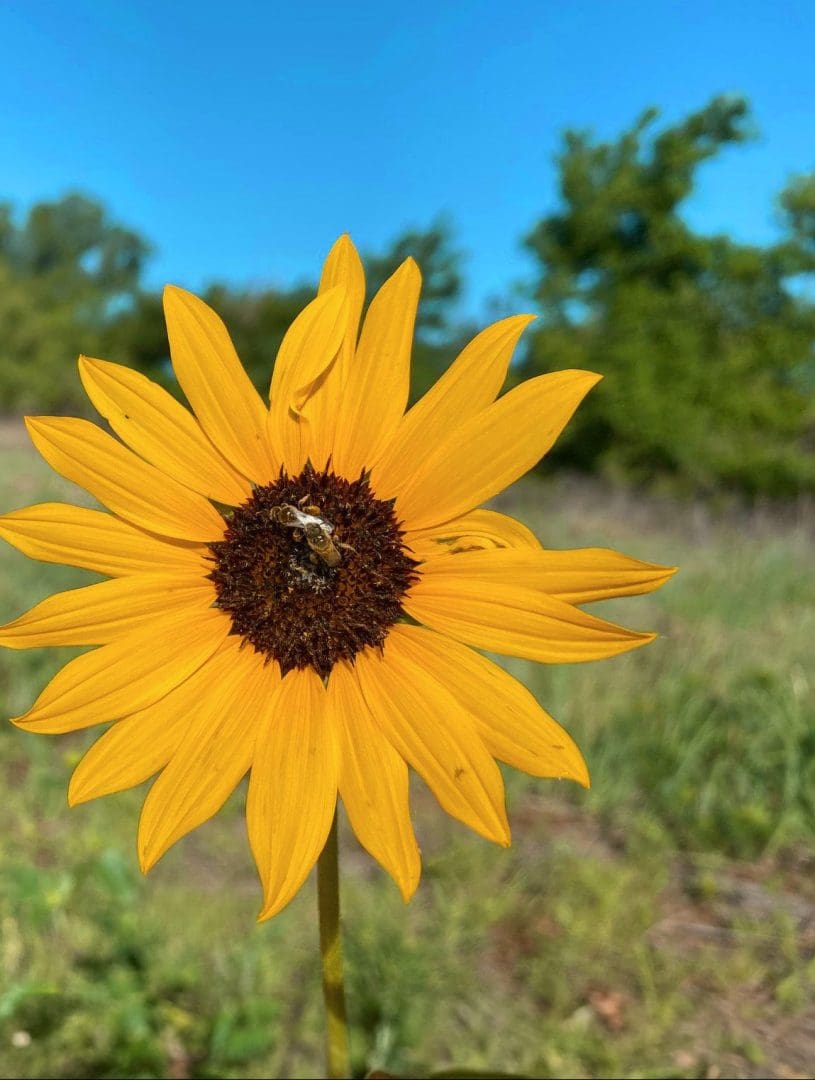
Know Before You Go
-
- Stay on the trails to help preserve the landscape and prevent erosion.
-
- Be mindful that this is a place of reflection and remembrance, so make sure you are respectful of the land and its history on your visit.
-
- Take only memories with you and do not remove rocks, plants, or resources of any kind.
-
- Check the weather as there can be extreme heat during the summer and extreme cold in the winter.
-
- Carry and drink plenty of water.
-
- Pets are only allowed on the Dust and Fire Trail near the visitor center and must be kept on a leash at all times.
-
- Do not touch or approach wildlife to show respect and avoid defensive behaviors.
-
- Stop by the Washita Battlefield National Historic Site Visitor Center, open daily from 8 AM to 4:30 PM with exhibits, a park store, brochures, and trail information.
Download the NPS app to access park maps and information, and learn about what other attractions are nearby. Pick up a copy of the Washita Battlefield Trail Guide, published by Western National Parks Association, for an immersive experience on the trail that will deepen your connection to the land and its complex history.
Remember to check weather conditions and alerts at nps.gov, pack appropriately, and respect the natural environment and archaeological resources to ensure a safe and enjoyable trip. Start planning your trip today!
By Michelle Ibarra
WNPA helps make the national park experience possible for everyone. As a nonprofit education partner of the NPS, WNPA supports parks across the West, developing products, services, and programs that enhance the visitor experience, understanding, and appreciation of national parks. Since 1938 WNPA has worked to connect new generations to parks in meaningful ways, all with one simple goal: create advocates who want to preserve and protect these special places for everyone, for all time. Learn more about the organization and career opportunities at www.wnpa.org.



